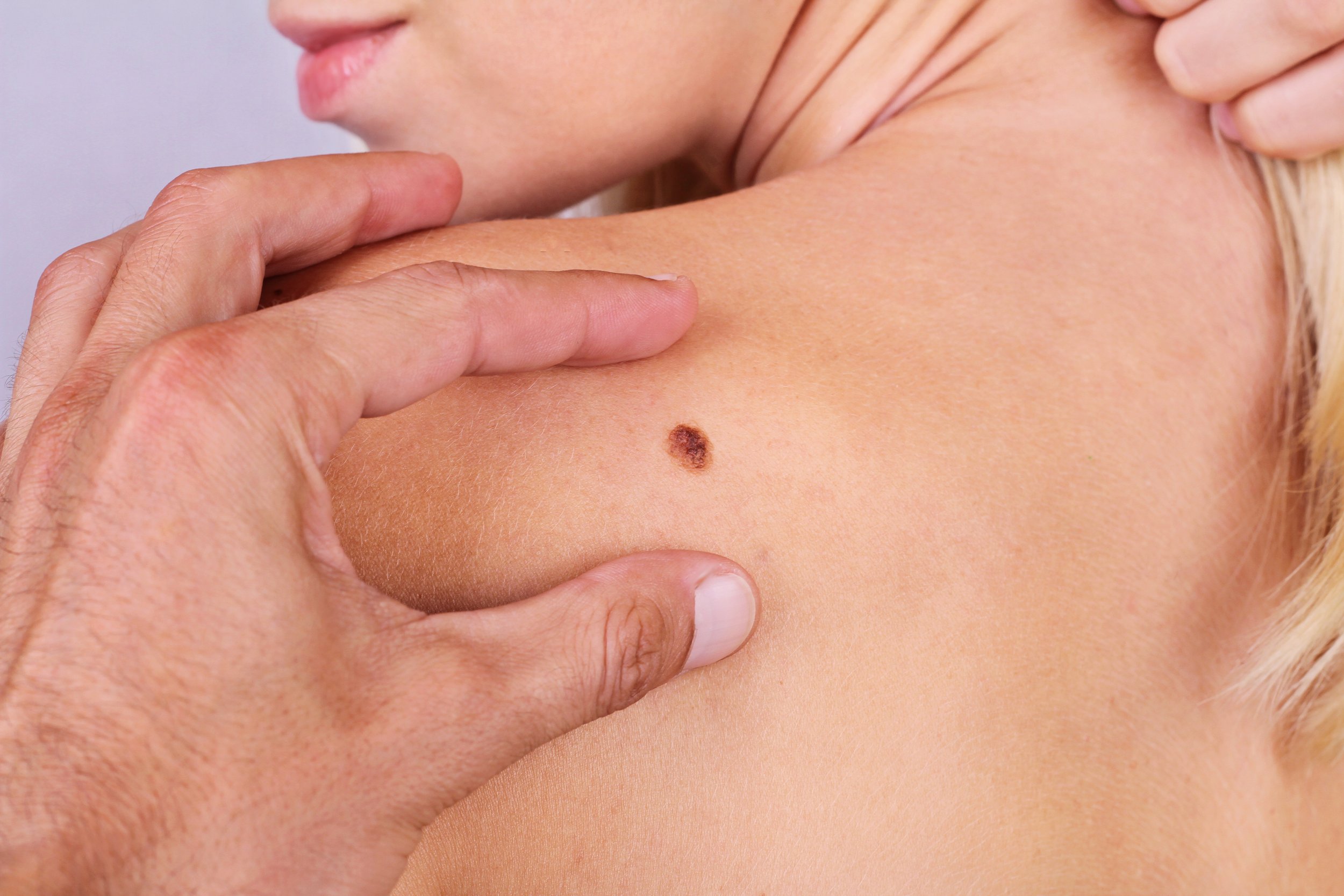
Conditions Treated
Our dermatologists are trained to take care of the full range of skin conditions, from acne and psoriasis to skin cancer and everything in between. Below are some of the more common conditions we treat, as well as some treatment options.
Acne
Treatment options include topical medications (such as retinoids, benzoyl peroxide, and antibiotics), oral medications (such as antibiotics, hormonal therapy, and isotretinoin), chemical peels, laser therapy, and photodynamic therapy.
Skin Cancer
Treatment options depend on the type, size, location, and stage of the cancer, but may include surgical procedures (such as excisional surgery, Mohs surgery), radiation therapy, chemotherapy, immunotherapy, targeted therapy, and topical medications.
Eczema
Treatment options include moisturizers, topical corticosteroids, calcineurin inhibitors, oral antihistamines, phototherapy (light therapy), systemic medications (such as oral corticosteroids or immunosuppressants), and biologic medications.
Warts
Treatment options include topical medications (such as salicylic acid or imiquimod), cryotherapy (freezing), laser therapy, surgical removal, and immunotherapy (such as injections of antigens or vaccines).
Melasma
Treatment options include topical medications (such as hydroquinone, retinoids, or azelaic acid), chemical peels, laser therapy, and sun protection measures (such as wearing sunscreen and avoiding sun exposure).
Psoriasis
Treatment options include topical medications (such as corticosteroids, vitamin D analogs, and retinoids), phototherapy (light therapy), oral medications (such as JAK inhibitors, methotrexate, cyclosporine, or acitretin), and biologic medications.
Fungal Infection
Includes Athlete’s Foot and Ringworm. Treatment options include topical and systemic antifungal medications and lifestyle modifications.
Hives
Treatment options include oral antihistamines, corticosteroids (topical or oral), lifestyle modifications (such as avoiding triggers), and in severe cases, immunomodulating medications or biologic therapy.
Rosacea
Treatment options include topical medications (such as metronidazole, azelaic acid, or ivermectin), oral medications (such as antibiotics or isotretinoin), laser therapy, and lifestyle modifications (such as avoiding triggers like spicy foods or alcohol).
Hair Loss
Treatment options depend on the underlying cause of hair loss and may include topical medications (such as minoxidil), oral medications (such as finasteride or spironolactone), steroid injections, platelet-rich plasma (PRP) therapy, laser therapy, and hair transplant surgery.
Moles & Birthmarks
Treatment options depend on the type and location of the mole or birthmark and may include monitoring for changes or surgical removal.

It's important to note that treatment recommendations may vary based on individual factors such as the severity of the condition, underlying health issues, and treatment preferences. Our dermatologists will discuss options with you and design a treatment plan tailored to your specific needs.











